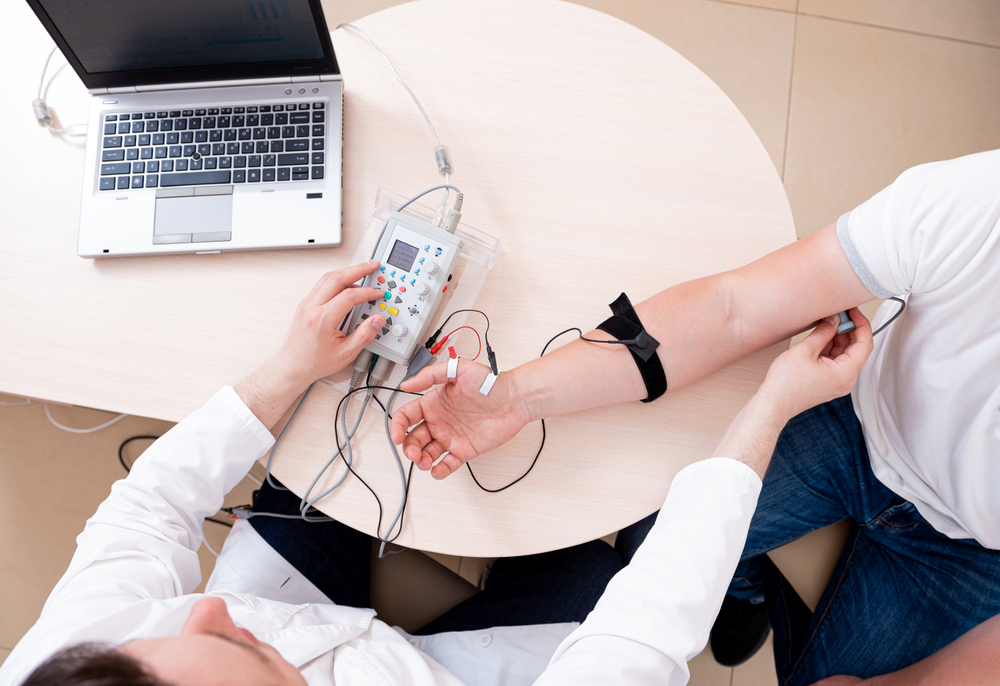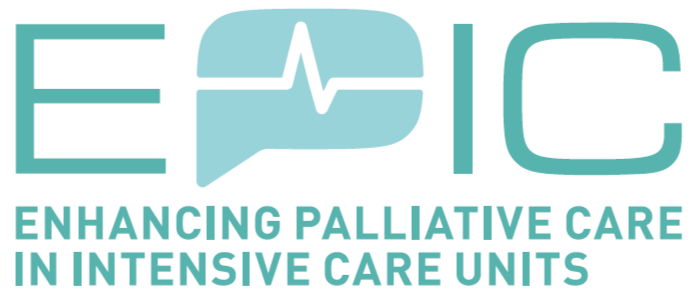ESAIC News
Newsletter March 2024: Advancing workplace equality
In the realm of healthcare, gender disparities persist as a formidable challenge, particularly within specialities such as anaesthesiology and intensive care. Despite advancements in gender equality efforts, women continue to encounter barriers to career advancement, wage gaps, and instances of disparities in medical workplaces worldwide. Addressing these issues is paramount for ensuring the quality and sustainability of the healthcare system. When talented individuals are side-lined or discouraged due to gender, the healthcare sector loses out on diverse perspectives, innovative solutions, and valuable contributions. Moreover, fostering an inclusive environment where all healthcare professionals, regardless of gender, feel respected and empowered is essential for delivering optimal patient care. As we reflect on the significance of International Women’s Day, observed on the 8th of March, it reinforces the importance of redoubling our efforts in tackling gender disparities in medicine, advocating for equal opportunities, and creating a more equitable healthcare landscape for all.
In Switzerland, the case of Dr Natalie Urwyler has ignited widespread discussion and introspection regarding gender equality within the medical profession. Dr Urwyler, a distinguished anaesthesiologist, gained prominence for her vocal opposition to gender discrimination and inequality in her workplace. Her courageous stance illuminated women’s systemic challenges in anaesthesiology and related fields throughout Switzerland. Dr Urwyler’s case became a focal point for examining women’s hurdles in advancing their careers and advocating for equal opportunities in traditionally male-dominated professions. This case underscores the significance of addressing gender disparities and promoting inclusivity within the medical community, prompting a reassessment of ethical standards and workplace practices to cultivate a more equitable environment.
We contacted Dr Natalie Urwyler for an exclusive interview to explore the vital topic of workplace equality in anaesthesiology and related fields. We, at the same time, interviewed Dr Paul McConnell, Chair of the ESAIC Scientific Subcommittee on Ethics, to shed light on the committee’s role in promoting ethical practices and addressing gender disparities. Dr Natalie Urwyler joins the conversation, sharing her journey and insights into advocating for workplace equality, including establishing StrukturELLE.
Together, their discussions offer valuable ethical guidance for organisations supporting gender equality initiatives.
Questions for Dr Paul McConnell (UK), Past Chair of the ESAIC Scientific Subcommittee on Ethics
1. It is widely known that the main reasons causing gender inequality in healthcare are a different duration of work for men and women, family responsibilities in addition to women’s professional activities, occupational differentiation between men and women due to underestimation of women in management positions; fewer opportunities for career promotion and certificate training; gender discrimination Dr McConnell, as Past Chair of the ESAIC Scientific Subcommittee on Ethics, could you elaborate on the overarching objectives and responsibilities of your role within ESAIC, as well as the broader significance of your committee’s work in promoting ethical practices within the field of anaesthesiology and related disciplines?
Like my fellow committee members and the ESAIC itself, I am dedicated to promoting the ethical practice of anaesthesia and medicine. While ethical dilemmas have existed as long as medicine has been practised, the 21st century has seen an explosion in these scenarios where we must recognise the emergence of new technologies and acknowledge that our old paternalistic and somewhat insular approaches to practice are no longer valid. With clinical practice and experience, much of our work becomes easier; we are no longer troubled or worried by routine practical procedures such as intubation or vascular access, which may have worried us as novices. However, challenging ethical situations cause as much (if not more) pause as we progress in our careers. The role of the ethics committee is to recognise these scenarios and incidences, to bring them into the open and to offer guidance and expertise. We must acknowledge that some situations have no easy answer and encourage practitioners to seek help and guidance. I am thankful that the ESAIC has recognised this and given us the forum to address these issues at the annual congresses and focus meetings through podcasts, webinars and published articles.
2. Dedicated to upholding ethical standards and workplace equality, the ESAIC Scientific Subcommittee on Ethics actively addresses gender disparities and advocates for equal opportunities for women in anaesthesiology and related fields. How does the Subcommittee specifically implement strategies to fulfil this commitment within the organisation?
First and foremost, our committee (like the ESAIC) recognise women’s huge role and contribution in anaesthesia, research, and all related fields. We are committed to gender balance in all our committee’s activities, particularly when planning symposia at our congress and for speakers in our podcasts. I’m also delighted that I can record a podcast with Dr Natalie Urwyler highlighting gender discrimination in the workplace.
3. In light of the renowned case involving Dr Natalie Urwyler, whose experiences have brought significant attention to issues of gender equality in the workplace, Dr McConnell, what ethical lessons or principles do you believe can be gleaned from her advocacy efforts, and how might these insights inform ethical guidelines for institutions moving forward?
Equal opportunities, promoting respect and supporting people to do their best and flourish are at the core of professionalism. Ethical practice necessitates giving a voice to the vulnerable and empowering people, be they patients or colleagues. We have come a long way, but Dr Urwyler’s case is a tragic reminder that we still have much work to do to create a culture where this does not happen, and if it does, it is strongly called out immediately. We can only look after our patients if we look after our colleagues.
Questions for Associate Professor Dr med. Natalie Urwyler
1. Dr Urwyler, your journey reflects remarkable resilience and dedication to advancing equality in the workplace, especially for women. Can you share some ethical dilemmas you encountered during your advocacy efforts and how you navigated them while staying true to your principles?
It was not ethically justifiable for me to burden pregnant women and breastfeeding mothers beyond their means. In Switzerland, pregnant women and breastfeeding mothers are protected by labour law. They can work a maximum of nine hours a day or 45 hours per week. However, they were often assigned to long shifts of 13 hours or to work seven days in a row, which inevitably led to more than 45 hours a week. I obeyed the law and went against my employer at the time.
2. Founding StrukturELLE represents a significant step towards addressing systemic inequalities. Could you elaborate on the ethical considerations that guided its establishment and how you envision its impact on promoting workplace equality for women?
We founded Strukturelle because there was no such organisation before. Gender equality is a completely underfunded area. It is extremely difficult to find grants or financial support for gender equality issues. There are hardly any foundations with the purpose of “implementing equality”. The structures that deal with this issue are generally not independent and often only have observer status and no voting rights. We wanted to create an independent organisation that could name the problems without being restricted by dependencies. We are planning to raise money for equality.
3. As a pioneering figure in advocating for women’s rights in the medical field, what ethical advice or guiding principles would you offer to ESAIC and other professional organisations, particularly regarding their role in supporting aspiring professionals, especially women, who aim to challenge gender biases and advocate for their rights in their respective workplaces?
In most European countries, the legal basis for equality is in place. Employers must now be obliged to comply with the law, and discrimination is prohibited. It certainly makes sense to fight back as a group or as an association by means of collective action. This is less burdensome and less expensive than an individual lawsuit.
4. What personal message or words of encouragement would you offer to women physicists who may face similar challenges in advocating for gender equality and breaking down barriers within their field, drawing from your journey and experiences as a trailblazer in medicine?
SURRENDER IS NOT AN OPTION. We women must network. We women must try to work together among women and with men who don’t think and act in a conservative and patriarchal way. There are many open-minded modern men. Let’s support them and let them support us.
On a final note, discrimination against healthcare workers based on gender is unfortunately widespread, leading to workplace harassment, bullying, and disparities in salary and career advancement opportunities. To effectively address this issue, institutions must implement comprehensive strategies. Firstly, educating about bias is essential to raise awareness among healthcare professionals and staff about the harmful effects of gender discrimination and to promote a culture of inclusivity and respect. Additionally, ensuring diversity in research is crucial to understanding and addressing the unique healthcare needs of different genders. Holding individuals and systems accountable for discriminatory behaviour through robust policies and enforcement mechanisms is essential for creating a safe and equitable work environment. Establishing equitable treatment guidelines and workplace policies that promote gender equality, such as equal pay for equal work and support for work-life balance, is vital. Furthermore, supporting self-advocacy among healthcare workers empowers them to challenge discrimination and advocate for their rights. Addressing gender bias in healthcare is paramount for enhancing healthcare quality and promoting health equity for all individuals, regardless of gender.
As ESAIC, we acknowledge that combating gender bias in healthcare is an ongoing challenge. However, we believe that it is a battle worth fighting. We can strive towards a more equitable and inclusive healthcare system through continuous effort, including education, accountability, and policy reform. Addressing gender bias is crucial for fostering a fair and inclusive healthcare environment, ultimately improving patient outcomes and advancing health equity. This endeavour may be difficult, but the benefits of achieving gender equality in healthcare are immense and invaluable.
Authors
- Paul McConnell (MD) – Past Chair of the ESAIC Scientific Subcommittee on Ethics
- Natalie Urwyler (MD, PhD)










